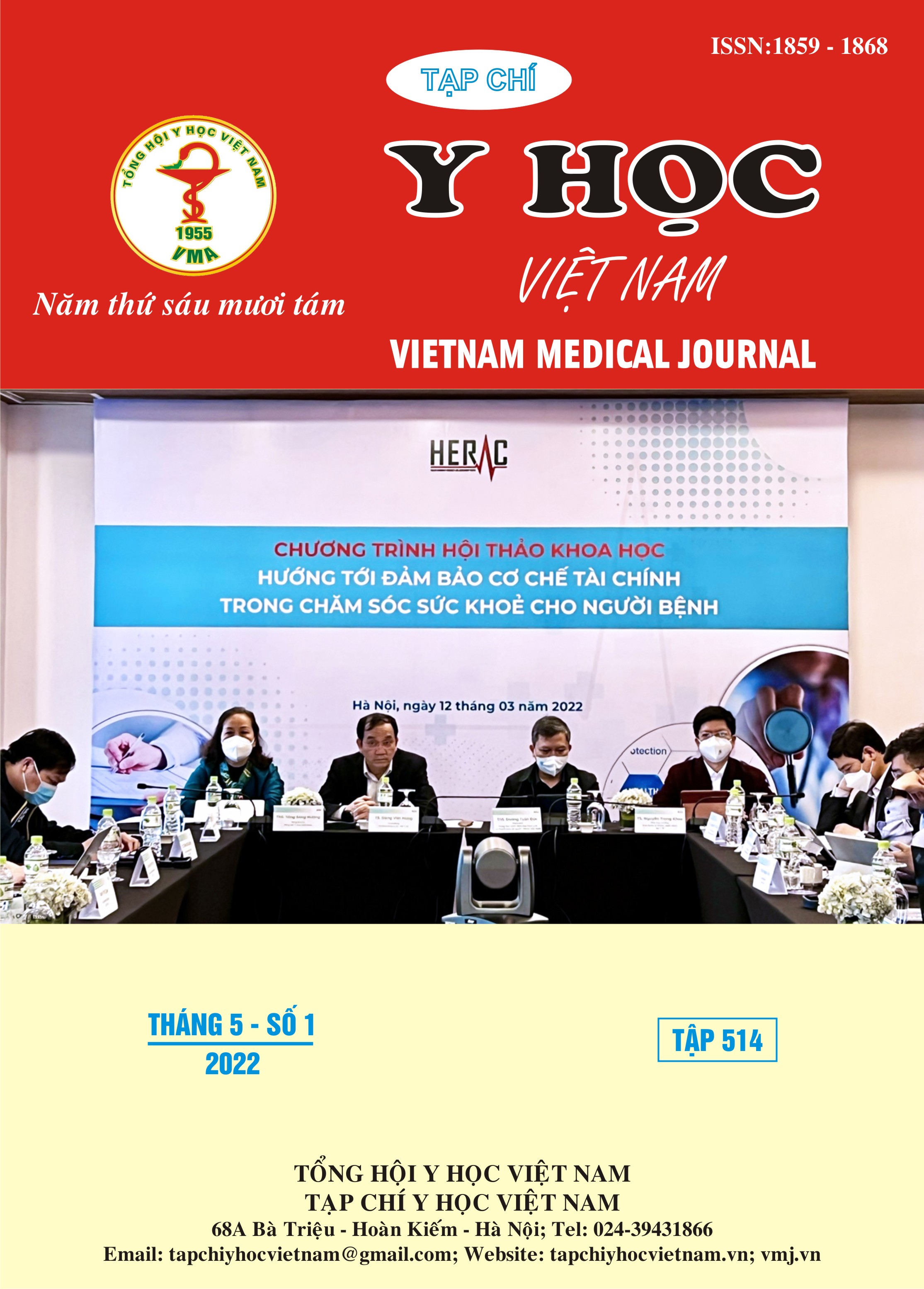DIRECT MEDICAL COST OF THALASSEMIA TREATMENT IN VIETNAM FROM THE VIETNAM SOCIAL HEALTH INSURANCE PERSPECTIVE
Main Article Content
Abstract
Objectives: This study examined and forecasted the direct medical cost of Thalassemia treatment for inpatients from the Vietnam Social Health Insurance perspective. Materials and methods: This cross-sectional study was conducted by collecting medical records from patients who received Thalassemia treatment between 2019 and 2021 in Lam Dong province, Vietnam. Treatment cost was adjusted to be expressed in Vietnam dong in 2021. To determine the most appropriate model to forecast Thalassemia treatment costs, Bayesian Model Averaging (BMA) was applied. Results: A total of 348 cases were included in this study, in which 72.1% required inpatient care for one day, 86.8% reported no comorbidities, and 54.0% had β-Thalassemia. The average treatment cost per case was 2.262.000 VND. The most appropriate model for forecasting the direct medical cost of Thalassemia treatment included age, sex, number of days in inpatient care, and comorbidities status, expressed as follows: 1-case direct medical cost=exp[14.135+ 0.255 *(≥6 years old) +0.092*(Female) + 0.404*(>1 day in inpatient care) + 0.449*(had comorbidities)]). Conclusions: The findings of this study provided information regarding the medical direct costs for inpatient treatment of Thalassemia in the past three years along with the most appropriate model to forecast the medical direct cost per inpatient case in the future, from the Vietnam Social Health Insurance perspective. These evidence-based results can help healthcare managers and policymakers formulate and improve health policies to achieve universal health coverage in Vietnam.
Article Details
Keywords
Thalassemia, direct medical cost, inpatient care, social health insurance
References
2. Goh L. P. W., Chong E. T. J., Lee P.-C. (2020). Prevalence of Alpha(α)-Thalassemia in Southeast Asia (2010–2020): A Meta-Analysis Involving 83,674 Subjects. 17 (20), pp. 7354.
3. Sattari M., Sheykhi D., Nikanfar A., Pourfeizi A. H., Nazari M., et al. (2012). The financial and social impact of thalassemia and its treatment in Iran. 18 (3), pp. 171-176.
4. Delea T. E., Hagiwara M., Thomas S. K., Baladi J. F., Phatak P. D., et al. (2008). Outcomes, utilization, and costs among thalassemia and sickle cell disease patients receiving deferoxamine therapy in the United States. Am J Hematol. 83 (4), pp. 263-70.
5. Angelucci E., Antmen A., Losi S., Burrows N., Bartiromo C., et al. (2017). Direct medical care costs associated with β-thalassemia care in Italy. 130, pp. 3368.
6. Teawtrakul N., Chansung K., Sirijerachai C., Wanitpongpun C., Thepsuthammarat K. (2012). The impact and disease burden of thalassemia in Thailand: a population-based study in 2010. J Med Assoc Thai. 95 Suppl 7, pp. S211-6.
7. Esmaeilzadeh F., Azarkeivan A., Emamgholipour S., Akbari Sari A., Yaseri M., et al. (2016). Economic Burden of Thalassemia Major in Iran, 2015. J Res Health Sci. 16 (3), pp. 111-115.
8. Alshamsi S., Hamidi S., Narci H. O. (2022). Healthcare resource utilization and direct costs of transfusion-dependent thalassemia patients in Dubai, United Arab Emirates: a retrospective cost-of-illness study. BMC Health Serv Res. 22 (1), pp. 304.


